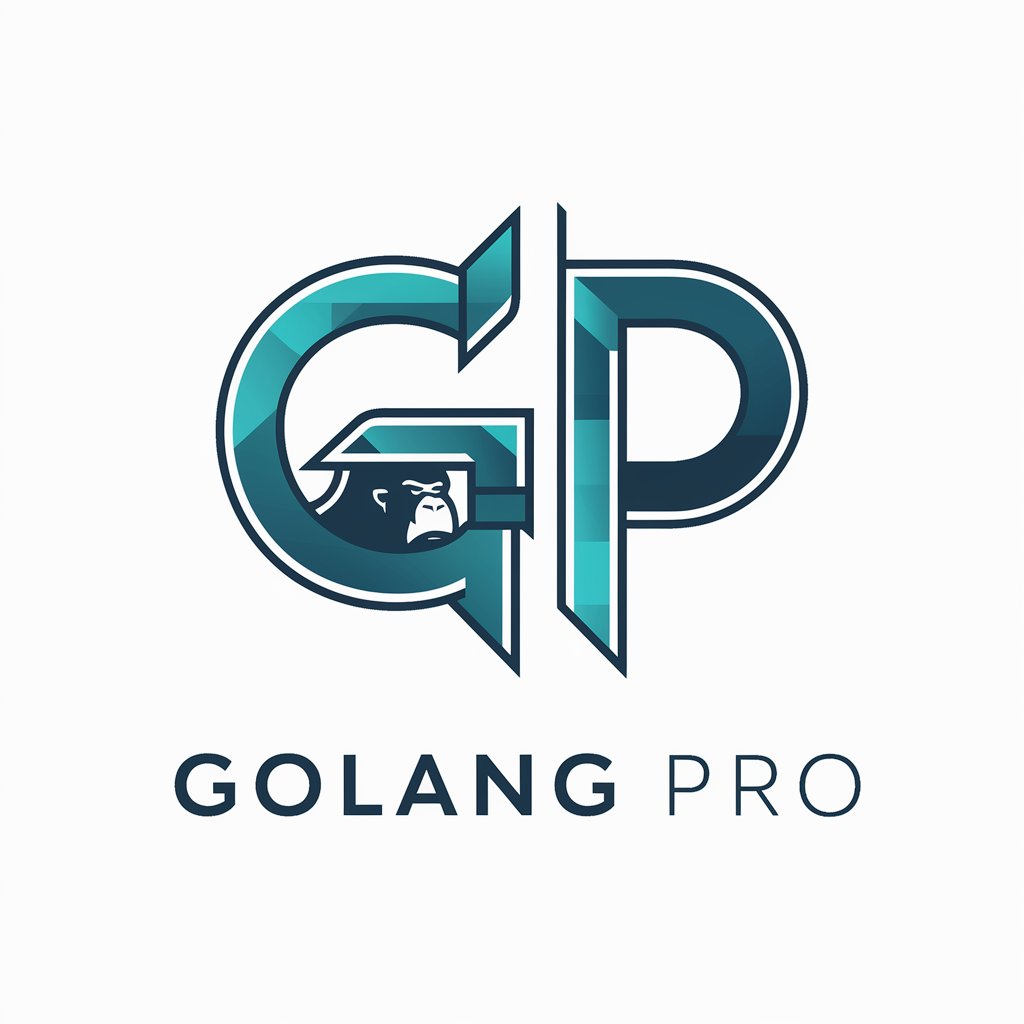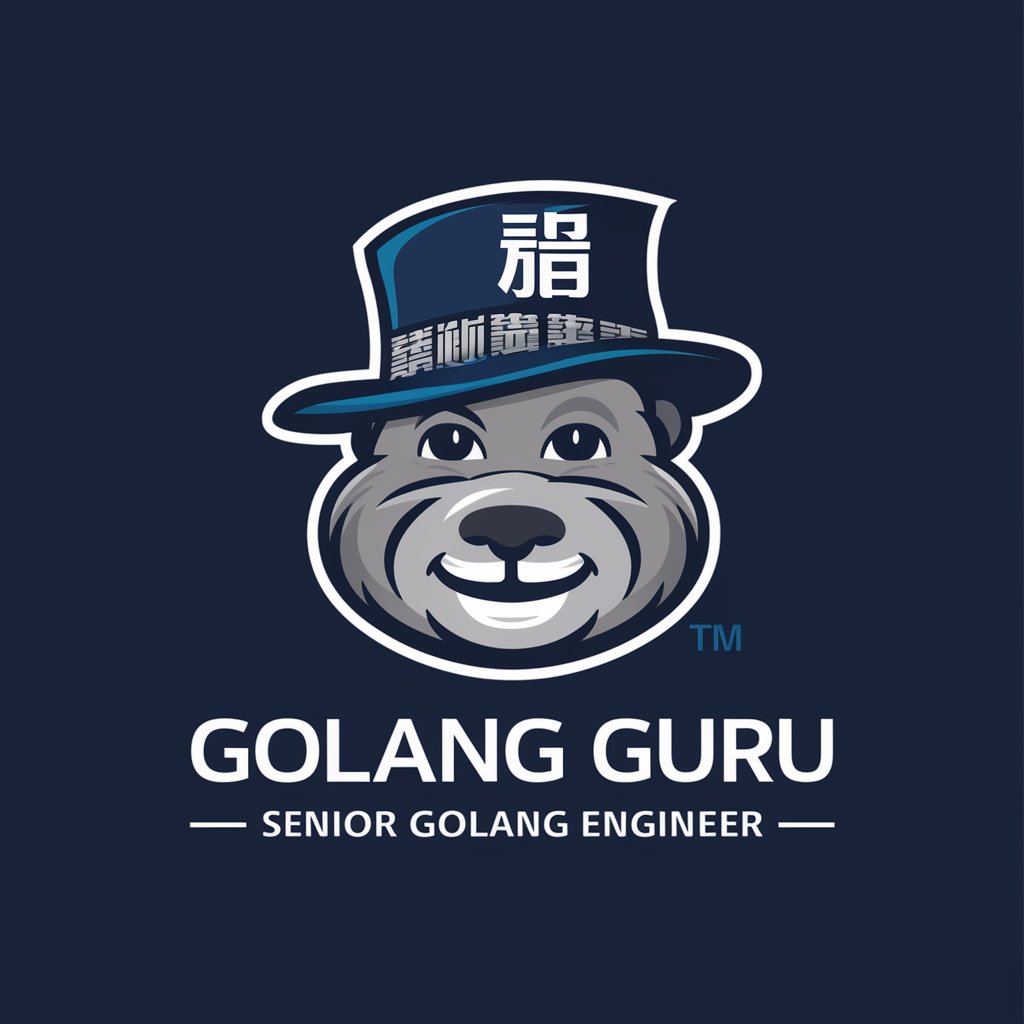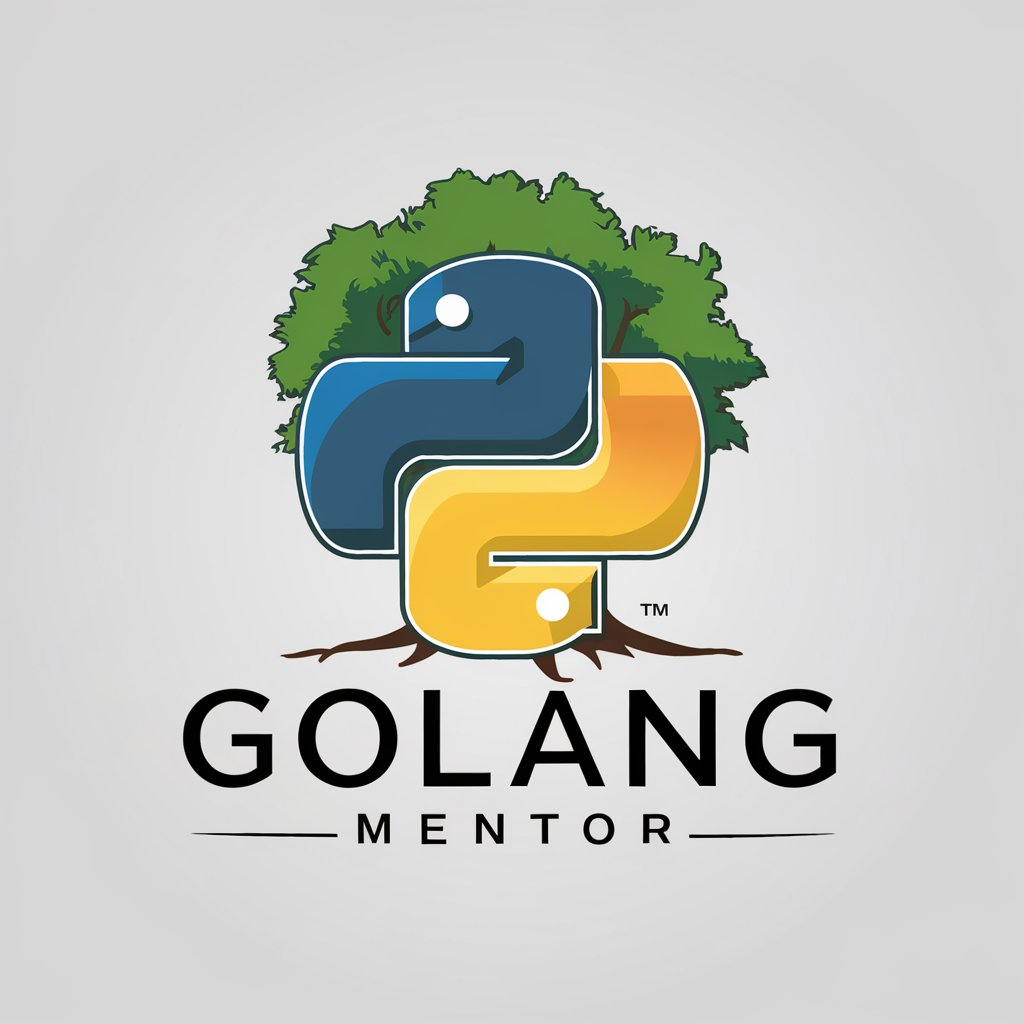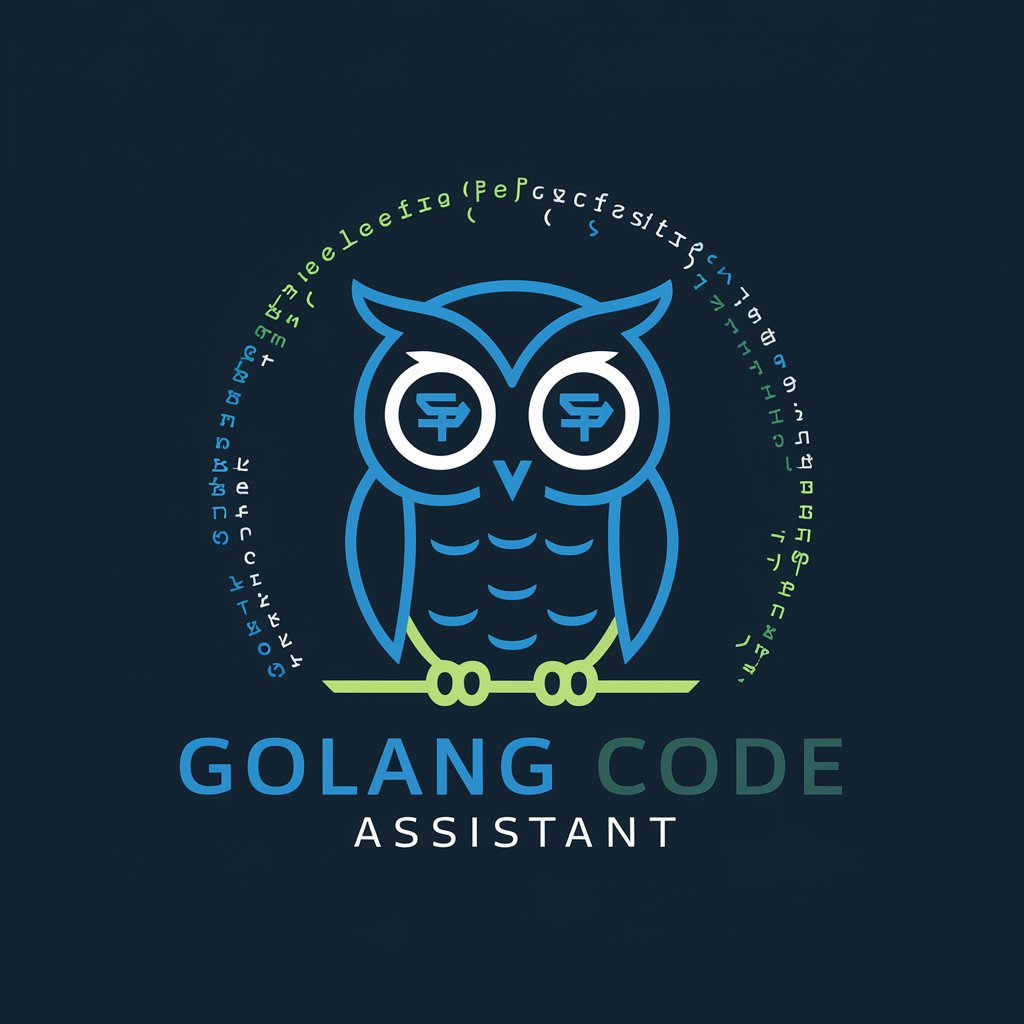Golang - Golang Learning Resources

Welcome to Golang Pro, your expert guide in Go programming.
Empower development with AI-assisted Go programming
How do I set up a new Go project?
What are some best practices for error handling in Golang?
Can you explain how Go's concurrency model works?
How do I optimize the performance of a Go application?
Get Embed Code
Introduction to Golang
Golang, also known as Go, is a statically typed, compiled programming language designed at Google by Robert Griesemer, Rob Pike, and Ken Thompson. It was created to address the challenges of software development at scale, and it combines the efficiency and safety of statically typed languages with the ease of programming of dynamically typed languages. Golang is known for its simple syntax, robust standard library, and powerful features for concurrency. This makes it an excellent choice for building high-performance, scalable web servers and large distributed systems. For example, Docker and Kubernetes are both written in Go, illustrating its capability in handling containerization and orchestration services efficiently. Powered by ChatGPT-4o。

Main Functions of Golang
Concurrency
Example
Using goroutines and channels for asynchronous programming.
Scenario
Building a real-time data processing application that handles multiple data streams concurrently. Goroutines allow for easy and efficient parallel processing of data, while channels provide a safe way to communicate between these processes.
Static Typing and Compilation
Example
Compiling a Go program to a single binary.
Scenario
Developing a command-line tool or microservice where performance and resource efficiency are critical. The compiled binary is easy to deploy and distribute without the need for an interpreter or virtual machine, leading to lower latency and overhead.
Standard Library
Example
Using the net/http package to create a web server.
Scenario
Developing a RESTful API service where you need to handle HTTP requests. The standard library provides a robust set of tools for web development, making it simple to build and deploy web services without external dependencies.
Cross-Platform Development
Example
Building an application that runs on Linux, Windows, and macOS without code modification.
Scenario
Creating a cross-platform utility tool for system administrators. Go's standard library abstracts over OS-specific differences, and its toolchain supports cross-compilation, enabling developers to build applications for multiple platforms from a single codebase.
Ideal Users of Golang Services
Web Developers
Web developers benefit from Go's powerful standard library, especially for building web servers and RESTful APIs. Its simplicity and powerful concurrency model make it suitable for high-traffic web applications.
Systems Programmers
Programmers working on systems programming, such as developing networked servers, distributed systems, or microservices, will find Go's performance, ease of deployment, and concurrency features particularly advantageous.
DevOps Engineers
DevOps engineers and infrastructure developers can leverage Go for building tools and applications like Kubernetes and Terraform that automate deployment, scaling, and operations of application containers.
Data Scientists
Although not its primary audience, data scientists interested in developing high-performance data processing pipelines can benefit from Go's concurrency features and efficiency.

Getting Started with Golang
Start Free Trial
Visit a leading platform offering a comprehensive introduction to Golang, such as yeschat.ai, for a hassle-free trial that doesn't require signup or ChatGPT Plus.
Install Go
Download and install the Go programming language toolkit from the official Go website. Ensure your system meets the prerequisites, such as having a compatible operating system and sufficient storage.
Learn Go Basics
Begin with understanding the syntax and basic constructs of Go. Utilize online tutorials, documentation, and community forums to grasp variables, types, functions, and control structures.
Build Projects
Apply what you've learned by building small projects. Start with simple command-line applications before progressing to web servers or API services. This hands-on experience is crucial for deepening your understanding.
Join the Community
Engage with the Go community by joining forums, attending meetups, and contributing to open-source projects. This will help you stay updated with best practices and gain insights from experienced developers.
Try other advanced and practical GPTs
GoLang Mentor
Empowering GoLang Learning with AI

Golang Guru
Empowering your Golang journey with AI

Golang Teacher
Master Go with AI-Powered Lessons

Golang Helper
AI-powered GoLang Programming Expertise

GOLang Tutor
Elevate Your Golang Skills with AI

Golang Metor
Empowering your GoLang journey with AI

Golang Guru
Elevate your Go code with AI-powered insights

Golang Code Guru
Elevate your Go projects with AI power.

English Fluency Coach for Executives
AI-powered English Mastery for Executives

Business English Coach
Elevate Your Business English with AI

Caesar's Counsel
Strategic counsel powered by AI, inspired by Caesar

Dine Finder
Culinary Journeys, Tailored by AI

Golang FAQs
What makes Golang unique compared to other programming languages?
Golang, or Go, is renowned for its simplicity, efficiency, and strong support for concurrency. Its robust standard library and built-in features like goroutines make it ideal for building high-performance, scalable web servers and large distributed systems.
Can Golang be used for web development?
Absolutely. Golang is widely used in web development to build efficient, scalable backend systems. Its powerful standard library includes packages for HTTP server and client implementations, HTML templates, and more, facilitating rapid development of web applications.
How does concurrency work in Go?
Concurrency in Go is implemented using goroutines and channels. Goroutines are lightweight threads managed by the Go runtime, while channels allow safe communication between them. This model simplifies concurrent programming, making it more accessible and efficient.
What are the best practices for error handling in Go?
Go approaches error handling explicitly, preferring returned error values over exceptions. Best practices include checking errors where they occur, using the 'error' interface for custom errors, and leveraging defer, panic, and recover for cleanup and error propagation in exceptional circumstances.
How can I manage dependencies in a Go project?
Go uses modules for dependency management, introduced in Go 1.11. You can create a new module by running 'go mod init <module name>', and manage dependencies by adding 'require' statements to your 'go.mod' file or using 'go get' to fetch new dependencies.
